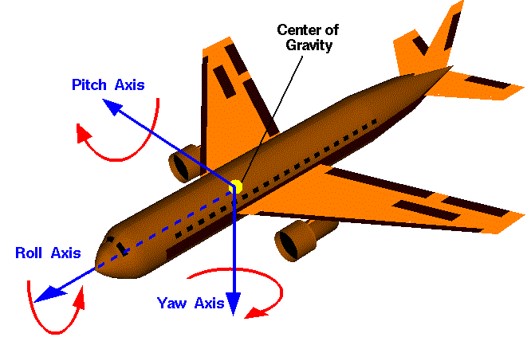Teaching

AAE 590: Multi-Agent Systems and Control (Spring Semester, 3 Credits)
Learning Objective: To know frontier topics in robotics especially their coordination and collaborations for tasks well beyond the capability of individual robots; To learn key concepts in control, networks, graph theories, optimizations, and their integration; To prepare basic background for future research in machine learning and artificial intelligence; To enhance independent research capability.
Course Description: This graduate-level course introduces distributed control of multi-agent networks, which achieves global objectives through local coordination among nearby neighboring agents. The course will prepare students with basic concepts in control (Lyapunov stability theory, exponential convergence, Perron-Frobenius theorem), graph theories (adjacency matrix, Laplacian matrix, incidence matrix, rigidity matrix), matrix theories (stochastic matrices, double stochastic matrices), and optimizations (gradient descent methods, ADMM). Topics of applications to be covered include flocking (by consensus), sensor networks (by distributed averaging), distributed fusion (by distributed linear equation solver), UAV formation (by distributed gradient descent method), cyber-security (by resilient information fusion), and so on.
Topics Covered:
- Basic concepts in linear algebra: Matrix, eigenvalues, eigenvectors, Jordan form of matrices, stochastic matrices, matrix norm.
- Important techniques in control and optimizations: Convergence of continuous and discrete time systems; Laypunov stability theory; Perron-Frobenius Theorem; Gradient descent method; ADMM.
- Key tools in graph theories for networks: Adjacency/Laplacian/Incidence/Rigidity matrices; Graph connectivity and composition.
- Research Topic: Flocking of large robot swarm (consensus algorithms)
- Research Topic: Distributed averaging (gossiping algorithms) with applications in sensor networks.
- Research Topic: Distributed algorithms for solving linear/nonlinear equations with applications in distributed fusion/estimation.
- Research Topic: Distributed formation control of multiple robots
- Research Topic: Distributed optimizations with applications into machine learning.
Prerequisites: Basic linear algebra and control background.
Textbooks: Textbook information is subject to be changed at any time at the discretion of the faculty member. If you have questions or concerns please contact the academic department. No required text. Textbook recommendations include
- Lectures on Network Systems (by Prof. Francessco Bullo) [pdf]
- Graph Theoretic Methods in Multiagent Networks (by Mehran Mesbahi, Magnus Egerstedt)
- Distributed Coordination of Multi-agent networks (by Wei Ren, Yongcan Cao)
.

AAE 203: Aeromechanics (Fall, 2015, 2016, 2017, 2018, 2019)
This is an undergraduate course to introduce fundamental concepts and principles of kinematics and dynamics of points and rigid body, with applications to aeronautical and astronautical problems. Through this course, students will learn how to apply Basic Kinematics Equation (BKE) to solve kinematics problems, apply Newtons Laws to solve particle dynamic problems, and apply Free-Body Diagram to solve general statics of body problems.
Purdue University Autonomous Robotics Club
Prof. Shaoshuai Mou also supervises Purdue's ARC club. The club seeks to grow its members’ knowledge and experience in the field of robotics through creating innovative solutions to the problems faced while creating autonomous robots and systems
